pv magazine Australia: Completion of the Hornsdale battery expansion was expected by mid-2020. With much of the world disrupted by Covid-19, what is the current status of the project?
Romain Desrousseaux: We’ve started the tests, so we are on schedule. But we were indeed affected by global issues in the first half of the year.
Can you talk me through the rationale behind that expansion?
We are very pleased with the way Hornsdale has behaved technically and in the market, with a huge benefit for South Australia. An independent Aurecon study in 2020 showed that we saved consumers $116 million over the first 2 years of operations.
We wanted to test new services, such as inertia, and to take our storage business a step further, to prove that a battery can deliver new services. Services that are very important for the renewable energy industry. By generating inertia with our storage, we would limit the current curtailment in South Australia and support the grid. It allows us to produce more with our existing plants. That is the economic rationale behind the expansion.
As always in our business, there was also an alignment of interests between the government, the banks and the ARENA [Australian Renewable Energy Agency] which provided support, and the grid’s willingness for us to expand that location. Our approach to the development services and storage everywhere will be similar. We will be looking at places where there is technical capacity to connect, a business model, and where there seems to be an interest in the players.
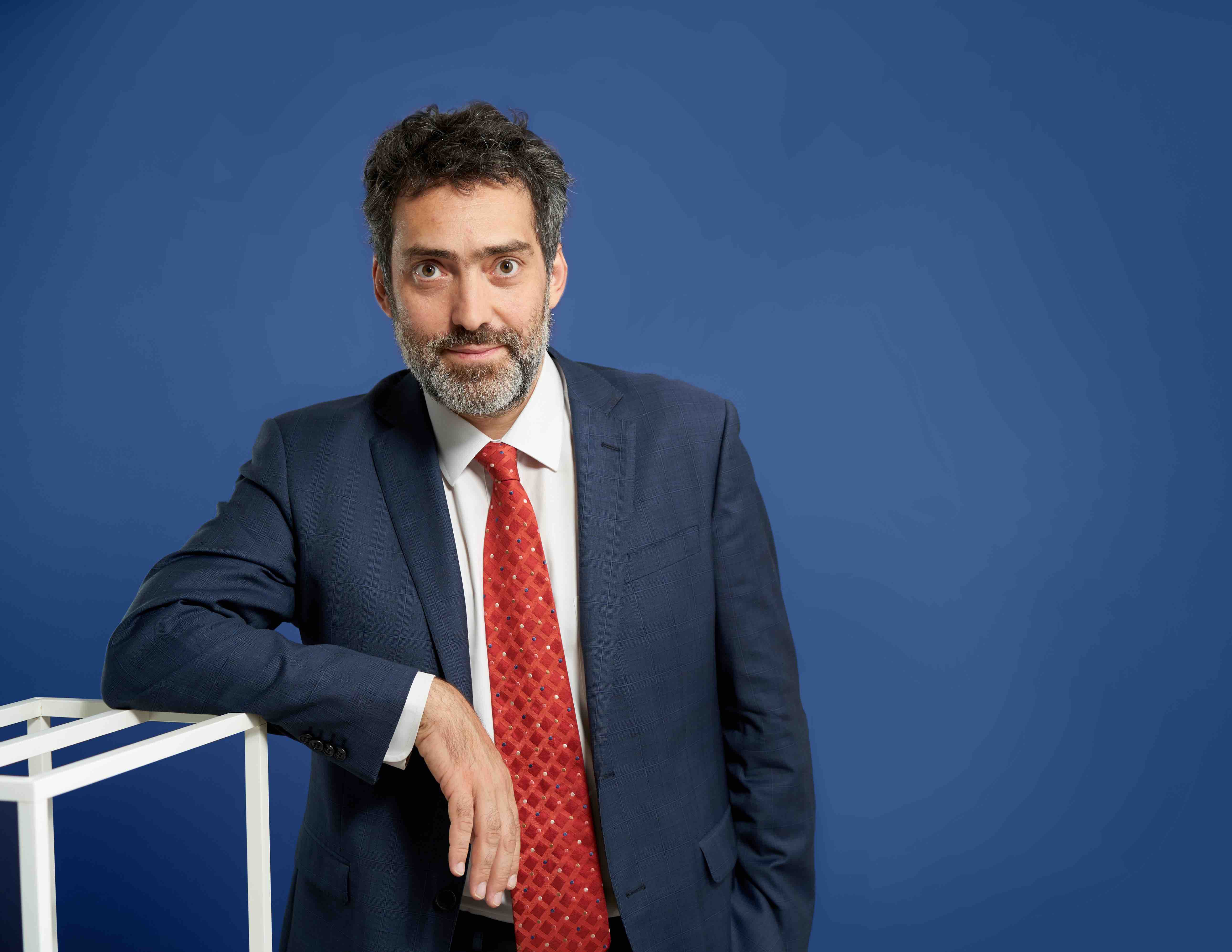
Photo: Neoen
How important was the Clean Energy Finance Corporation’s provision of $50 million in project finance for the expansion?
Very. This industry is quite cash intensive and our business model involves project finance on our assets. We aim to have project finance at asset level to reduce the quantum of equity we are investing. That is difficult to do on storage. It is new to the banks, so they are less comfortable than with a usual PV project. So, the CEFC was an important part of the equation. Having a bank being able to finance ‘merchant’ storage, if I may call it that, is a plus – and it is easier to obtain backing when you have a long-term PPA with a state.
You mention political stakeholders, South Australian governments of both political persuasions have been supportive of renewables and Neoen’s activities. However, on the federal level things are much more complicated. What challenges do you see in developing renewable projects including storage in Australia given the current political climate towards energy?
That is a difficult discussion. As is the case for every investor, Neoen has to adapt to the political framework rather than criticise it. We work in the countries that welcome us.
Conditions may not be optimal for the industry, but we need to deal with it. Australia is going through an energy transition with some challenges on the network given its size and the way it had been originally designed. We believe that renewable energy is part of the solution, as is storage. Although it has been difficult for Australia to on new regulations, new rules, or bipartisan decisions for energy, we have been able to operate and to develop projects successfully. And we are very keen to do even more.
On revenues, in Q1 2020 there was a very big boost to Neoen’s income from its battery storage arrays due to a weather event essentially islanding South Australia for some time – cutting it off from the rest of the National Electricity Market. Revenues from Neoen’s storage jumped from €4 million in Q1 2019 to over €20 million in Q1 2020. How do you feel about these kind of events – it’s obviously good for revenues, but maybe not for the state itself?
First, our battery has provided critical services during this very specific period. It has contributed to prevent tougher measures such as load shedding.
I hope we don’t see more events like that, as they may lead to blackout. Network outage is expensive for everyone –end consumers overpaid for electricity and we incurred FCAS costs for our wind farms that ran to millions of dollars. It is never good for a long-term, cash-intensive industry to have assets not operating as they should.
South Australia and New South Wales are working on a new interconnector which would reduce the likelihood of another such event. Nevertheless, one of the consequences of Australia not having a bipartisan energy policy is that investment in the grid is not forthcoming and therefore there is a chance of it happening again this summer or next. We haven’t budgeted for it, and we sincerely hope it doesn’t happen, but it could.
You have worked, quite famously, with Tesla on the Hornsdale project – and again with its expansion. What is your strategy in terms of vendors for battery storage?
We are technology agnostic. We look at the best solutions for each project. We have a great partnership with Tesla. They have been an efficient and impressive partner at Hornsdale. We are not only buying PV panels or inverters, we are buying an active asset that needs to be continuously reviewed, configured, reprogrammed and monitored to ensure it operates within government and warranty guidelines. It is very important to work with the right partner for this type of investment. Tesla was the right partner for the project and so it was only natural to turn to them for the expansion.
However, we are not working on an exclusive basis with Tesla and we have other partners elsewhere. In Australia, Tesla has proved to be commercially efficient. They identified their product benefits and created the appropriate business model. Nevertheless, our approach is always to look for a tailor-made solution to each project.
Are you looking at more large-scale battery projects in Australia?
We are looking at projects everywhere and, of course, Australia is an attractive market because we understand it and we see the benefit of storage there. It is not easy to replicate the Hornsdale model, as South Australia is quite a peculiar state in terms of electricity. Larger states are unlikely to behave this way.
Whether these projects are standalone or with existing assets depends on a case-by-case basis.
This content is protected by copyright and may not be reused. If you want to cooperate with us and would like to reuse some of our content, please contact: editors@pv-magazine.com.
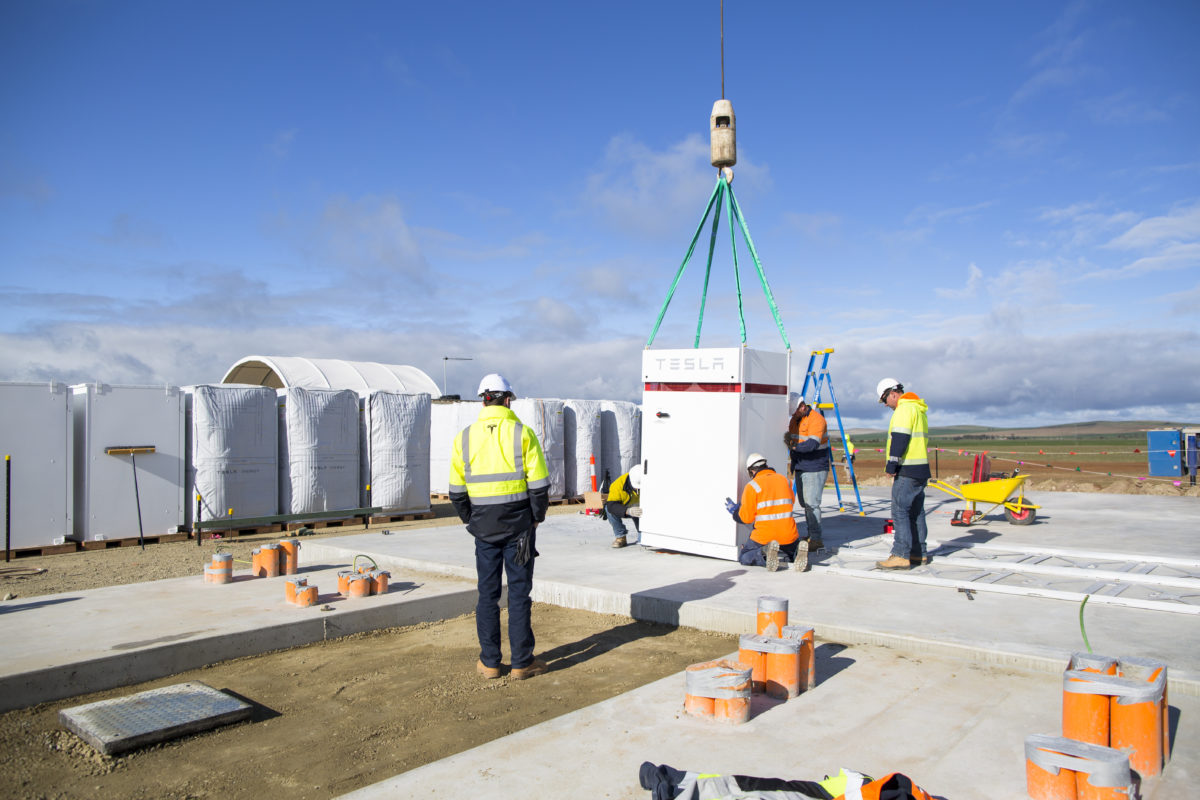
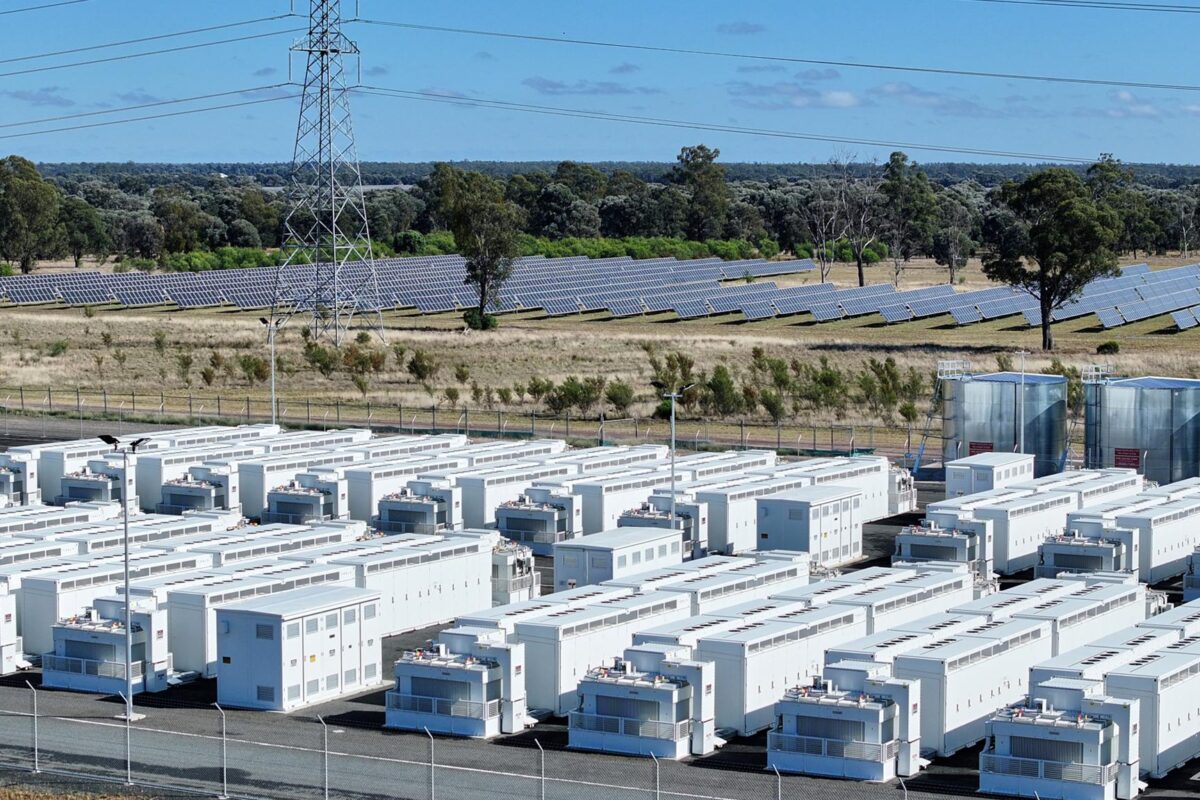


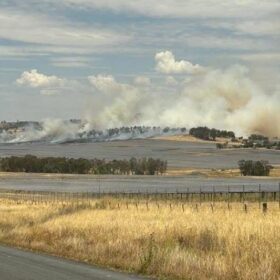
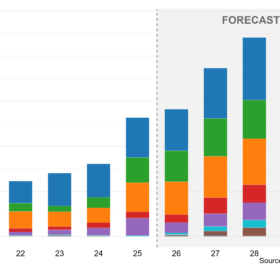
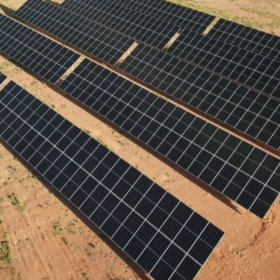
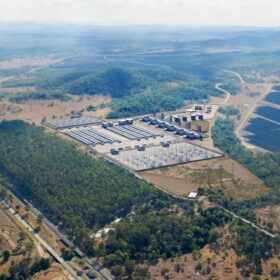
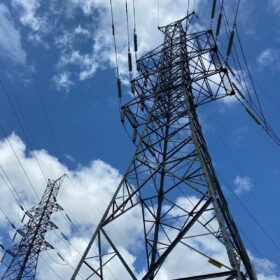
Very interesting to notice the advancement in solar energy.